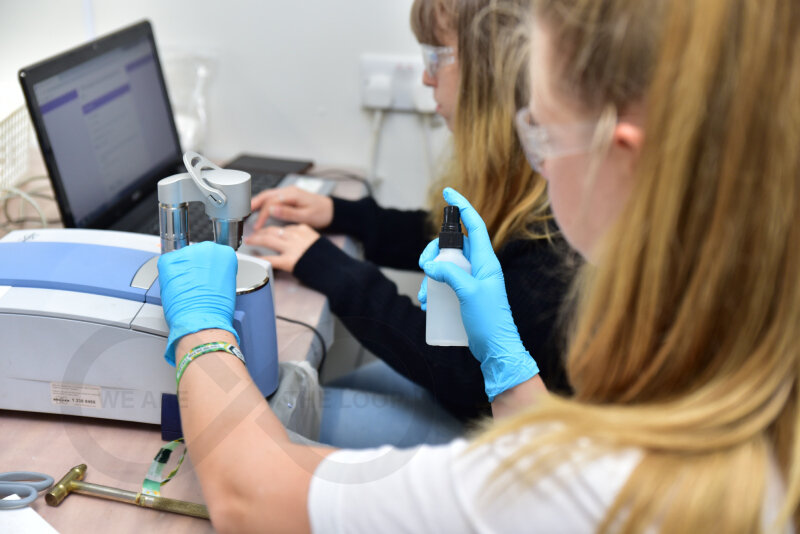On-site Drug Safety Testing
Background
The Loop, a not for profit NGO, introduced forensic drug testing for public safety at nightclubs in autumn 2013 (at the Warehouse Project) and at festivals in summer 2014 (at Parklife). It involves testing substances of concern obtained from on-site services including police and security seizures on the door and inside the venue; amnesty bin contents; and also to a lesser extent substances given to the testers by medical, welfare and cleaning services on site. Results are disseminated to emergency services and staff on site and, where appropriate, to the wider public via on-site signage and social media. On site testing is carried out by a team of experienced volunteer chemists through The Loop and under the guidance of Fiona Measham, Director of The Loop and Professor of Criminology in the School of Applied Social Sciences at Durham University.
Aims of on-site drug safety testing:
To help identify trends in the drug market and drug use;
To identify substances of concern that may put users at a greater level of risk;
To identify the contents of substances that are already a cause for concern, for example causing problems for customers presenting to medical and welfare staff;
To provide information to those charged with the treatment of drug-related incidents, so that medical and welfare services provide informed and targeted treatment;
To link harm reduction advice directly with forensic testing of individual contents which research shows to be more effective;
To provide an opportunity to engage with hidden and hard to reach user populations who are predominantly not in touch with drugs services and who are unlikely to get the opportunity to have any other advice or brief interventions;
To identify substances that have been missold to users by unscrupulous dealers and are causing medical/welfare problems including adulterants and contaminants (eg. methoxetamine missold as ketamine, PMMA missold as ecstasy);
To provide information that can be sent out via social media, other media channels and information points relating to particular substances, in consultation with police and medical services, to reduce drug related harm on site and to minimise the possibility of a major public safety incident (eg. if PMMA pills such as the Red Superman pills were circulating on site).

